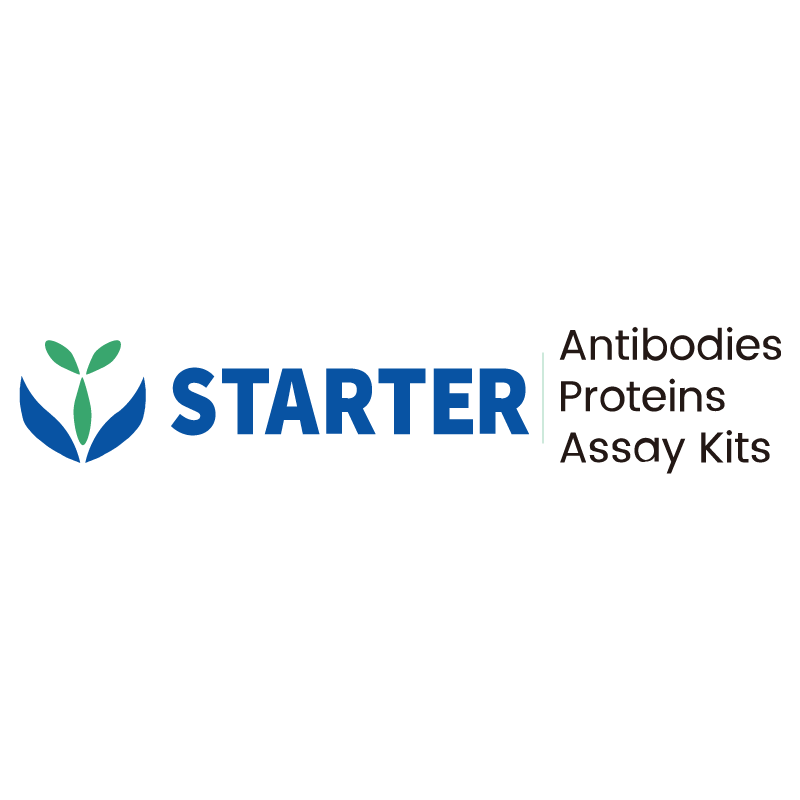Human PBMC (human peripheral blood mononuclear cells) treated 6h with 50 ng/ml PMA and 1 μg/ml Ionomycin and the last 4 hours in the presence of 1 μg/ml BFA (Right panel) or untreated (Left panel) was stained with Alexa Fluor® 647 Rat Anti-Mouse CD3 and SDT FITC Mouse Anti-Human IFN-γ Antibody at 1.25 μl/test. Flow cytometry and data analysis were performed using BD FACSymphony™ A1 and FlowJo™ software.
Product Details
Product Details
Product Specification
| Host | Mouse |
| Antigen | IFN-γ |
| Synonyms | Interferon gamma; IFN-gamma; Immune interferon; IFNG |
| Location | Secreted |
| Accession | P01579 |
| Clone Number | S-3076 |
| Antibody Type | Mouse mAb |
| Isotype | IgG1,k |
| Application | ICFCM |
| Reactivity | Hu |
| Positive Sample | Human PBMC |
| Purification | Protein G |
| Concentration | 0.2 mg/ml |
| Conjugation | FITC |
| Physical Appearance | Liquid |
| Storage Buffer | PBS, 1% BSA, 0.3% Proclin 300 |
| Stability & Storage | 12 months from date of receipt / reconstitution, 2 to 8 °C as supplied |
Dilution
| application | dilution | species |
| FCM | 1.25μl per million cells in 100μl volume | Hu |
Background
Interferon gamma (IFN-γ) is a dimerized soluble cytokine and the only member of the type II class of interferons. It is primarily produced by CD4+ T helper 1 (Th1) cells, natural killer (NK) cells, and CD8+ cytotoxic T cells. The IFN-γ protein is encoded by the IFNG gene in humans and consists of approximately 160 amino acids, forming a noncovalently linked homodimer with a molecular weight of about 50 kDa. It plays a crucial role in regulating both innate and adaptive immunity by activating signaling pathways, such as the JAK-STAT pathway, in cells like macrophages and B cells. IFN-γ has antiviral, antibacterial, and antitumor properties and is involved in promoting inflammation and cell proliferation. However, its pleiotropic nature also means it can induce immunosuppressive effects, which limit its clinical use.
Picture
Picture
FC


